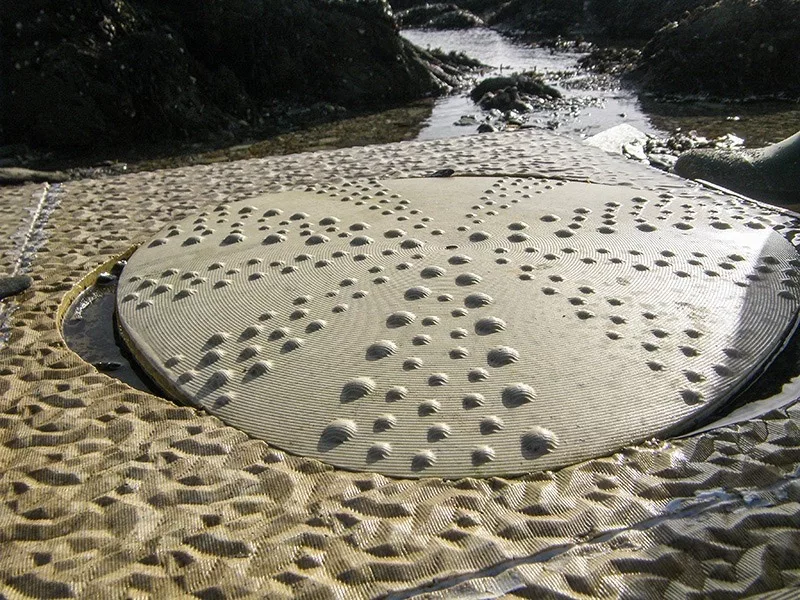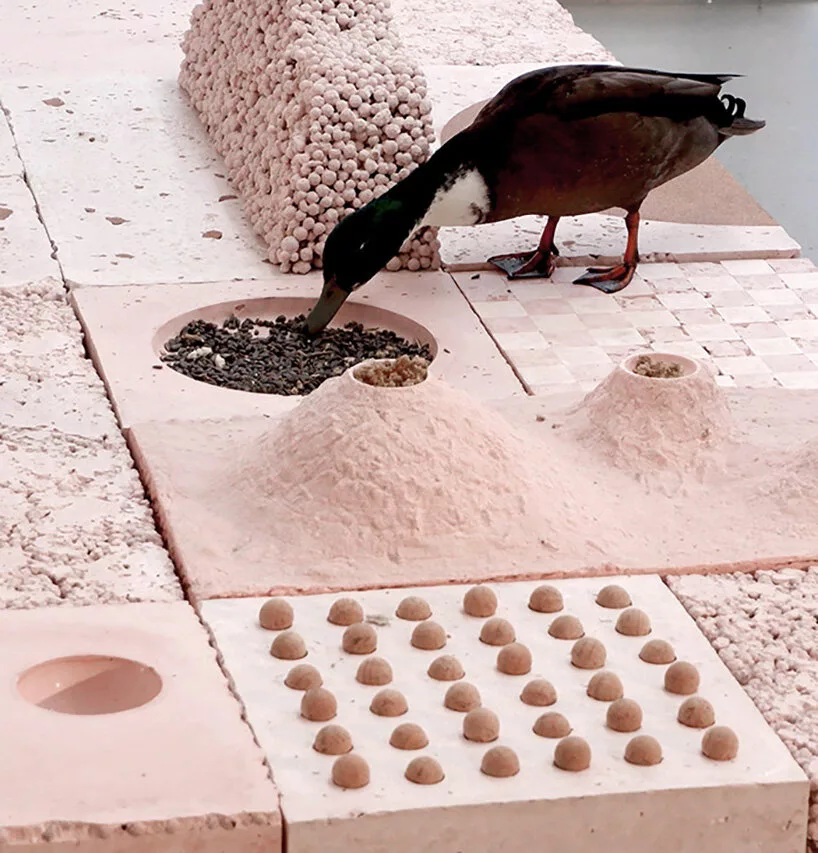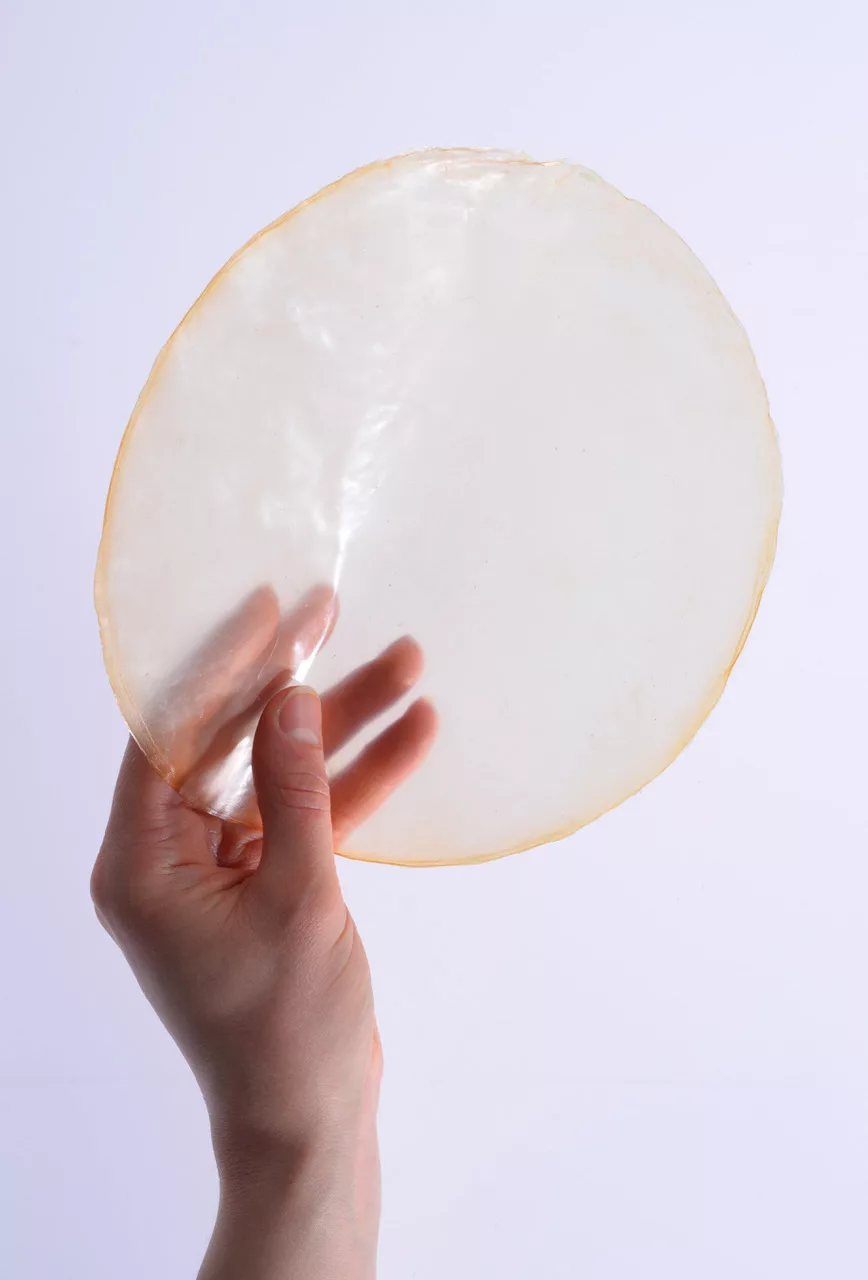Terms like “Multispecies Studies” or “Multispecies Justice” demand a shift in human-centered knowledge production. This also has implications for design disciplines. How can the hierarchical separation of humans and nature in design be overcome? Is sustainable design only possible if other species and ecosystems are included in design processes?
By Lynn Harles

A groundbreaking legal precedent was set in 2017 when the Whanganui River in New Zealand became the world’s first river granted legal personhood. This followed a growing global trend, inspired by countries like Bolivia, India, Colombia,and Ecuador. In fact, Ecuador led the way in 2008 by enshrining the rights of nature in its constitution. As this movement gains momentum, there’s a rising tide of initiatives aimed at securing nature’s right to exist, regenerate, and be protected from harm.
This entails humans stepping out of the center of planetary transformation and recognizing ecosystems and natural entities as living beings with their own rights, rather than viewing them merely as resources for human needs. These approaches also offer a radical response to the ecological and societal challenges of our time, such as climate change, loss of biodiversity, or the emergence of invasive species.
Humankind Is No Longer at the Centre
Similar developments can also be observed in scientific disciplines such as anthropology, sociology, or environmental sciences. Terms like “Multispecies Studies” or “Multispecies Justice” call for a shift in human-centered knowledge production that abolishes the hierarchical separation between humans and nature, placing both actors on equal footing in relation to each other.
This makes it clear: Man loses his elevated position; he is only an (optional) part of complex ecosystems that are being destroyed before he understands their significance. At the same time, technological advances like artificial intelligence fuel the long-held desire of humans to be able to communicate with other species. A prominent example is the “Interspecies Internet,” a project by MIT and Google aimed at enabling communication between humans and other species.
Design as a Mediator Between Humans and Nature
The simultaneity of these developments also includes the discipline of design. Approaches and new concepts such as “Multispecies Design”, “Interspecies Design”, or “More-Than-Human Design” are gaining importance in current discourses and design projects. These approaches break with the human-centered tradition of design and redefine the role of design as a mediator between humans and nature. Advocates of these approaches believe that sustainable design is only possible when the needs of ecosystems and other species are at the center of design processes, not just human needs. Therefore, these approaches elevate current discourses on the responsibility of design in the context of ecological sustainability to a new level. Instead of using nature as a source of inspiration or material (as in biomimicry or circular design), it is advocated to design with nature and primarily for its needs. This poses a series of new questions and challenges for design. For instance, if a river and ecosystems have their own rights, how can they participate equally in the design process?
Incorporate Existing Knowledge and Produce New
To understand the potential of multispecies approaches in design practice, it is necessary to first have an expanded understanding of what design performance entails. It is still widely believed that the display of a final artifact – whether it be a product, technology, or service – is the main component of the design task. However, the actual core performance is the construction of the design process that precedes the final artifact and often remains hidden. This process involves a complex interaction with experts from other disciplines and those affected in everyday life, incorporating and producing different types of knowledge. It becomes clear here that design is not just about shaping forms. It is also a form of knowledge production and therefore rightfully a distinct form of science and research. Design goes even further by directly translating the produced knowledge into an application. The result of a design process is not always just a reproducible artifact, but also a research outcome. So far, these knowledge production processes, whether in design or the sciences, have primarily been human-centered.
Creation of Solutions That Do Not Create More Problems
In view of the ecological and social challenges, a human-centered knowledge production in design reaches its limits. Everything that is designed has a direct or indirect impact on ecosystems for an indefinite period of time. Not necessarily for the better, and often at its own expense. This reinforces the demand that not only humans, but also the environment, must be included in the process to create solutions that do not bring about further problems. This is where multispecies approaches in design find fertile ground. The application areas are as diverse as the challenges they address.




Relevant Application Fields
Central themes revolve around participatory processes in urban spaces that bring together design, architecture, urban planning, and environmental sciences. Initiatives such as the “Platform for Human and Birds” by Studio Ossidiana question how urban spaces can be designed as habitats for both humans and non-human actors. Approaches like “Multispecies Urbanism” provide pioneering solutions for cities that can offer important biodiversity resources in the face of climate change. An example from rural areas is the work of Daniel Metcalfe, who demonstrates in his “Hannafore Project” how the design of walkway slabs along a coastal pipeline in England can enable the shared use of walking paths and habitats for species in intertidal zones. Other relevant application fields emerge at the interface with environmental protection and rewilding initiatives. A forward-thinking example is the work of designer Rasa Weber, who introduces concepts of interspecies architecture in endangered maritime zones in her project “Symbiocean” to create new habitats for corals and their ecosystems. She also actively involves coastal residents in the design process.


Bacteria and Insects as Co-Designers
In material research, new application fields are emerging, such as the “Interspecies Design Studio” by Esther Kaya Stögerer and Jannis Kempkens, or the project “SCOBY” by Emma Sicher. Here, non-human actors like bacteria or insects are involved as co-designers in the design process to produce colors or grow materials. These approaches are also characterized by their interdisciplinary methodologies.

From a Horse’s Perspective
In addition, at the interface with technology research, interdisciplinary niches emerge, such as “Animal Aided Design” and “Animal-Computer Interaction.” An example is the project “Equine Eyes” by Alan Hook, which makes the sensorium of other species, such as horses, accessible to humans and aims to promote empathy for other life forms through design. Lastly, future potentials are evident at the intersection of design, democracy, and climate policy. A prominent example is the project “Future Assembly” by Studio Other Spaces in 2021 at the Architecture Biennale in Venice. Here, the question was raised of how the United Nations can extend human rights to non-human actors in the face of ecological crises. These interfaces create a tension field for a design discipline that wants to further negotiate its political dimension in the coming years under the motto “Design for Democracy.”



Breaking the Product-Oriented Logic of Design
To recognize the future potentials of multispecies approaches, it is necessary to break the product-oriented logic of design. Although many of the new approaches have a speculative nature, they lead to relevant questions and new insights. Another added value of multispecies design lies in how we shape our design processes in the future. An expansion of human sensory perception and diversity of perspectives is necessary to design in harmony with non-human actors. Furthermore, it requires a different understanding of time that does not solely focus on our own lifespan. Multispecies design also offers the opportunity to realize that human intelligence is just one of many forms. If intelligence is defined as the ability to adapt to changes, it is noticeable that we paradoxically seem to be failing at that.
Breaking Human-Centered Thought Patterns
Multispecies Design is an invitation to look beyond the human-made boundaries. In this process, natural history teaches us valuable lessons about resilience and failure. Although many fields of action and methods for Multispecies Design are still in an experimental phase, it is worthwhile to engage early on with the diverse potentials. By breaking the familiar human-centered thought patterns in design, we find new ways to further open the design process to other disciplines. This can create urgently needed transfer potentials in science, environmental protection, and politics, especially in the context of socio-ecological crises. Furthermore, Multispecies Design encourages us to consciously engage with diversity and adopt new perspectives.

About the Author
Lynn Harles is a design researcher based in Berlin, Germany. She is dedicated to exploring the multiple roles of design in addressing social and environmental challenges. She is particularly interested in the interface between design and the natural sciences. She has worked as a researcher at the Fraunhofer Institute and the Museum of Natural History in Berlin. She is currently completing her PhD at the Bauhaus University in Weimar, Germany, and is the author of a number of academic publications and a regular contributor to design magazines such as Slanted and Form Magazine. More information about Lynn Harles can be found at www.studioharles.com.
More on ndion
More on the Topic of Sustainability and Circular Economy



